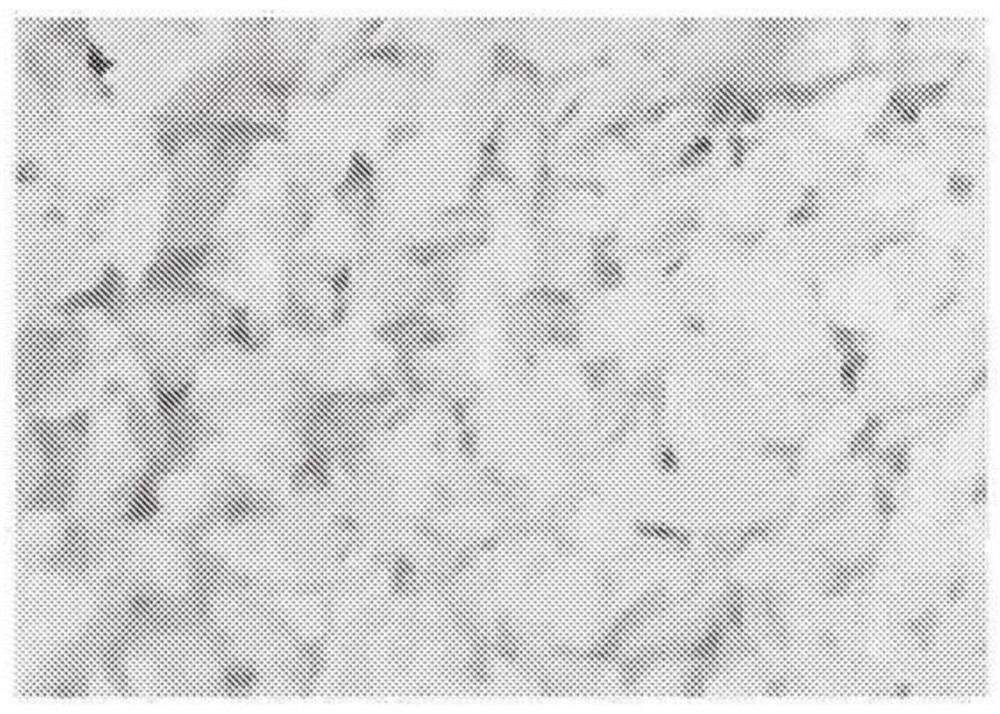Chewing gum bases containing polyols
A technology of chewing gum base and polyol, which is applied in the fields of chewing gum, food science, application, etc., can solve the problems of high cost and the like
- Summary
- Abstract
- Description
- Claims
- Application Information
AI Technical Summary
Problems solved by technology
Method used
Image
Examples
preparation example Construction
[0062] Gum base preparation
[0063] As discussed herein, inorganic fillers are often used during the formation of the chewing gum base. For example, such fillers may be used at various stages in the gum base manufacturing process, such as during elastomer grinding, elastomer compounding, gum base pellet dusting, and gum rolling, among others. It has now been found that the inorganic fillers used in one or all of these stages of gum base production can be eliminated and replaced by one or more polyols. The resulting process produces a gum base that is substantially free of inorganic fillers, while still approximately maintaining the functionality and benefits associated with including inorganic fillers in chewing gum bases.
[0064] Thus, in another aspect, the present disclosure is directed to a method of preparing the gum base of the present disclosure, wherein the method is carried out without the use of inorganic fillers.
[0066] Inorgan...
Embodiment 1
[0090] Example 1: Rubber Grinding
[0091] In this example, the ability of mannitol to act as a dusting compound during the grinding of butyl rubber was evaluated.
[0092] Test samples were prepared containing a blend of butyl rubber and dusting powder in a target amount of from about 3% to about 10% by weight of the sample. The dusting powder used was talc (control) or mannitol (experimental). The control and experimental samples each contained approximately equal amounts of dusting powder. The samples were ground into pieces of approximately 6 mm. After grinding was complete, a sample of the rubber blend was collected and placed in a test box. Stress was applied to the sample by placing a weight on the sample to agglomerate the rubber. The samples were checked for clumping after 24 hours and 48 hours.
[0093] result
[0094] For the control blend (containing talc), no problems were observed during milling. The control blend processed normally and had good grindi...
Embodiment 2
[0095] Example 2: Composite
[0096] In this example, the effect of including mannitol in the gum base during compounding was evaluated.
[0097] Gum bases were prepared containing rubber and either: inorganic filler (control), no inorganic filler and no polyol (experiment #1), or mannitol as a 1:1 substitute for inorganic filler (Experiment #2). For Experiment #1, no inorganic fillers or polyols were used during rubber grinding or compounding. For experiment #2, mannitol was added during rubber grinding and was also compounded in the gum base formulation. The gum base formulations for the Control, Experiment #1 and Experiment #2 are as follows.
[0098]
[0099] Observe the properties of the gum base at various stages of compounding. The results are reported in the table below.
[0100] result
[0101]
[0102] The results confirm that mannitol can be used to aid in the compounding of gum bases without inorganic fillers.
PUM
 Login to View More
Login to View More Abstract
Description
Claims
Application Information
 Login to View More
Login to View More - R&D Engineer
- R&D Manager
- IP Professional
- Industry Leading Data Capabilities
- Powerful AI technology
- Patent DNA Extraction
Browse by: Latest US Patents, China's latest patents, Technical Efficacy Thesaurus, Application Domain, Technology Topic, Popular Technical Reports.
© 2024 PatSnap. All rights reserved.Legal|Privacy policy|Modern Slavery Act Transparency Statement|Sitemap|About US| Contact US: help@patsnap.com










